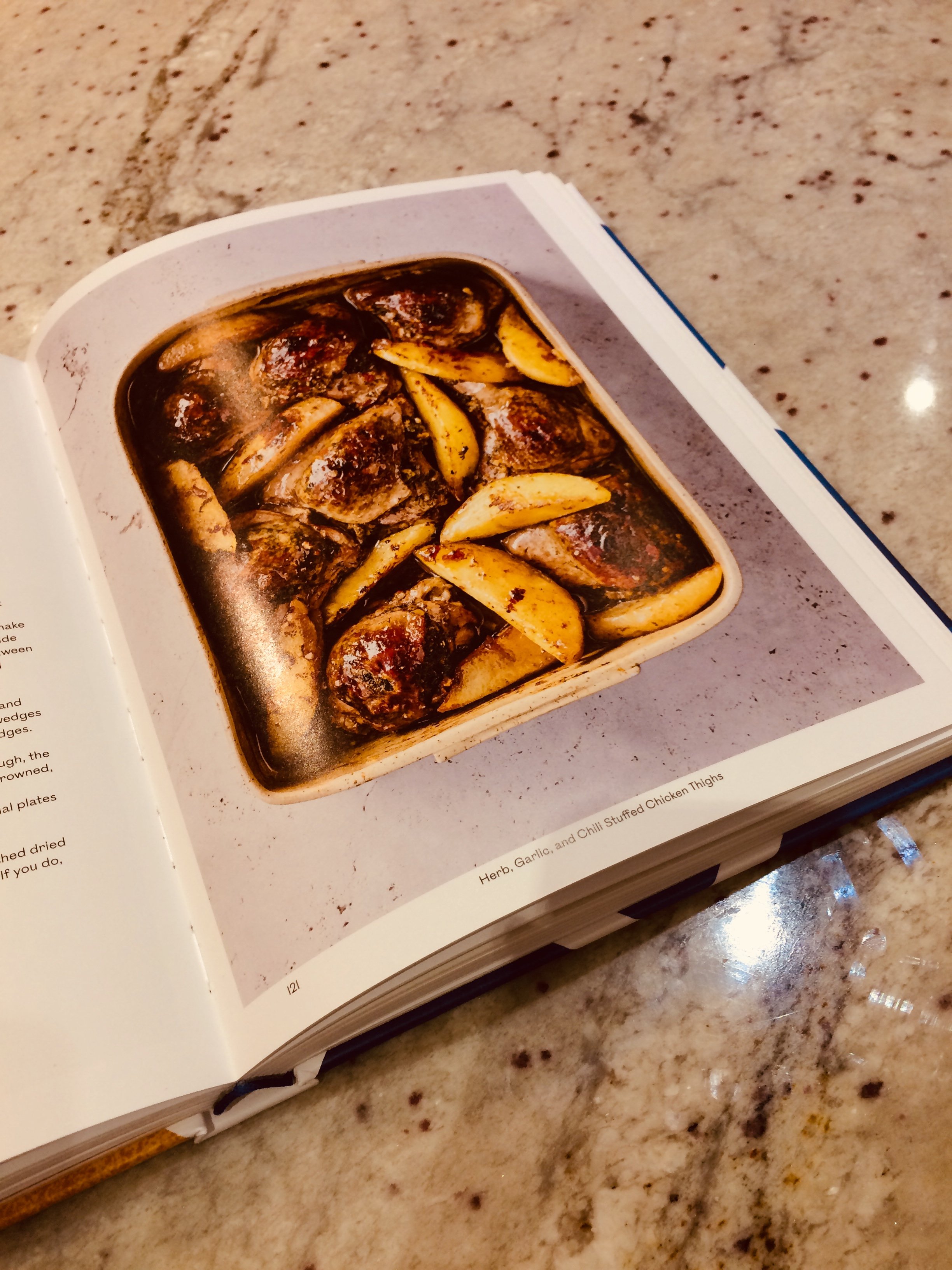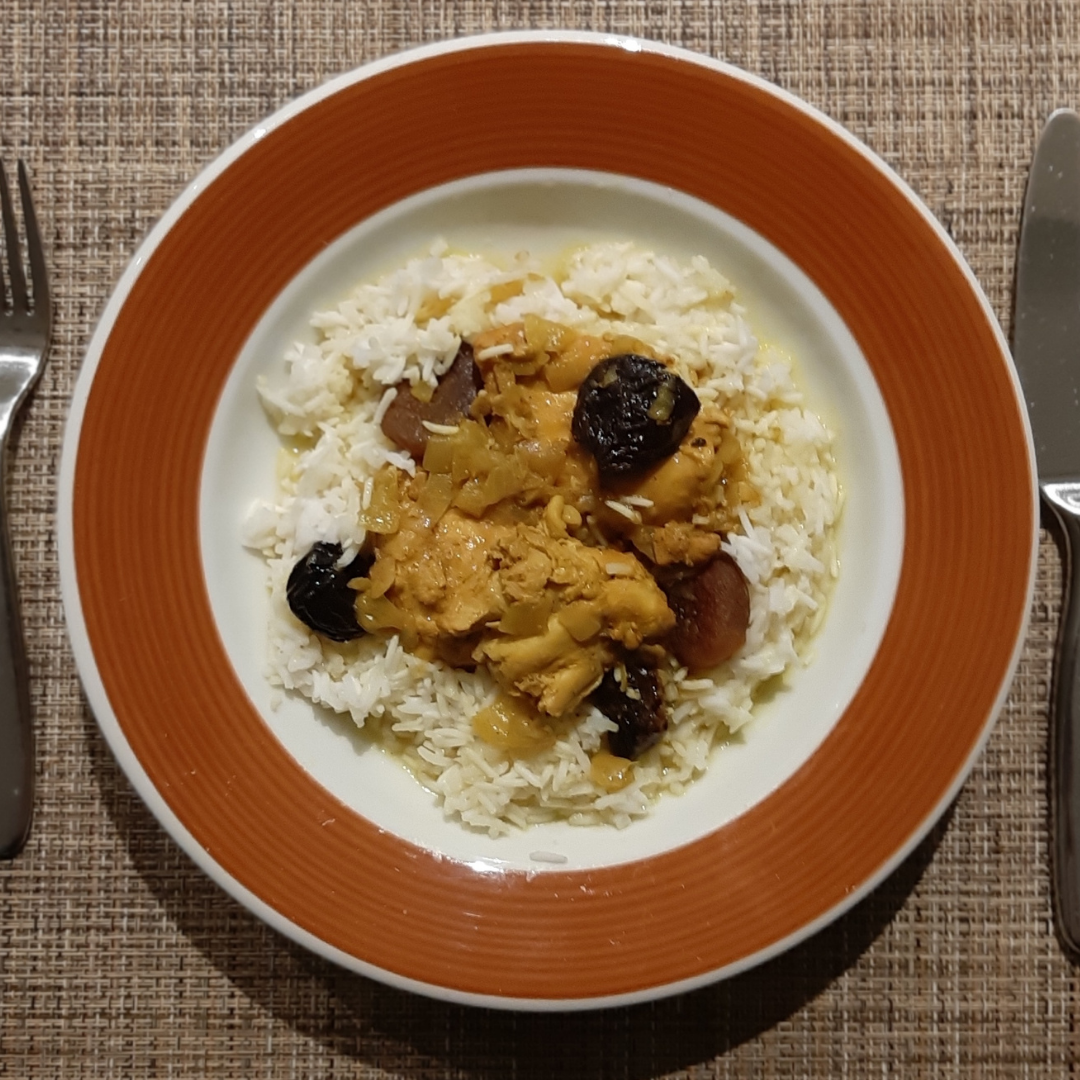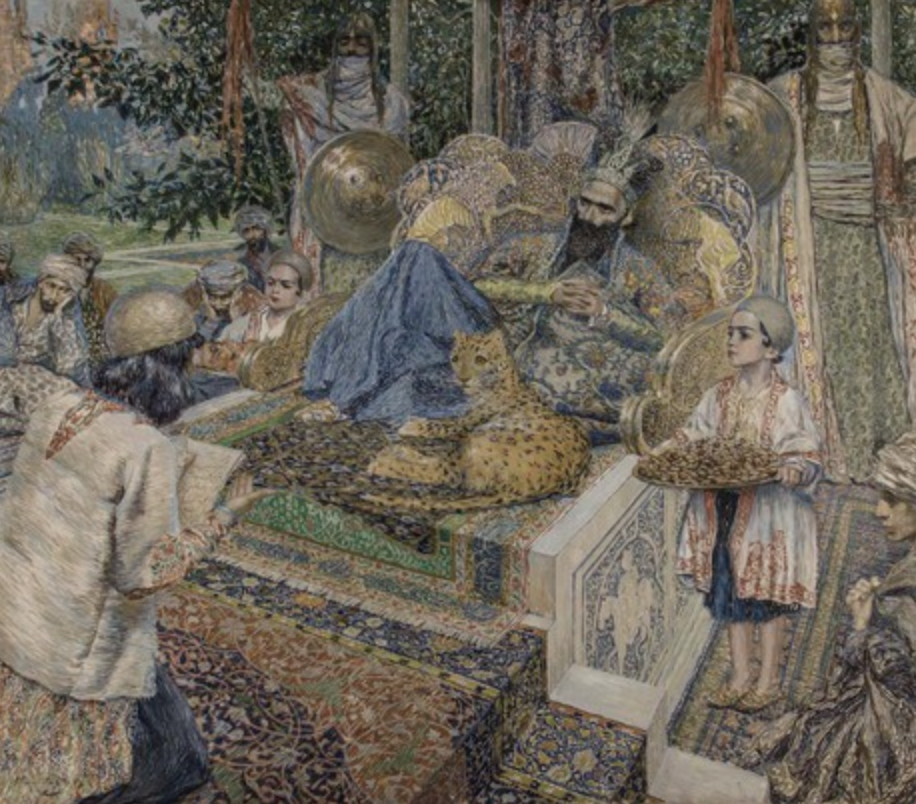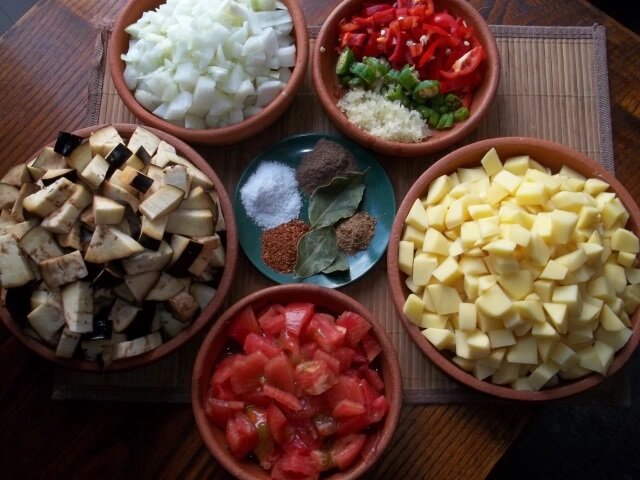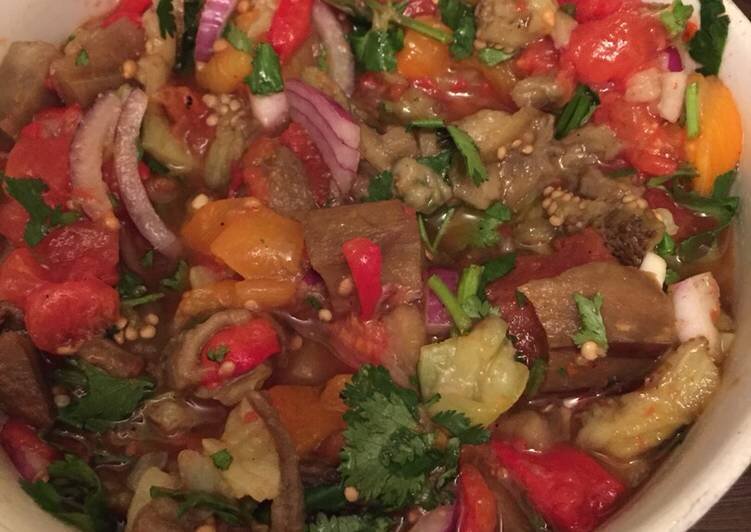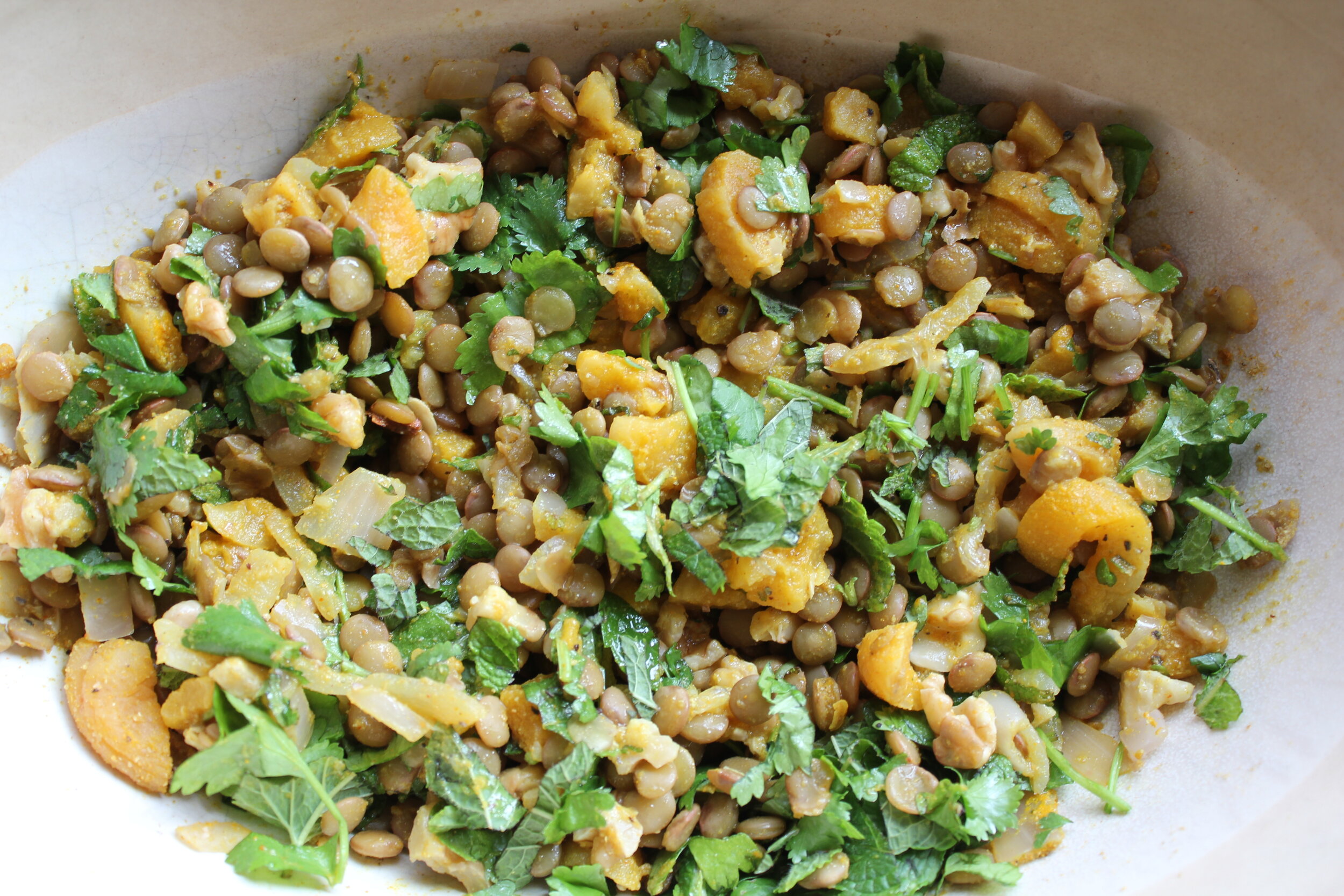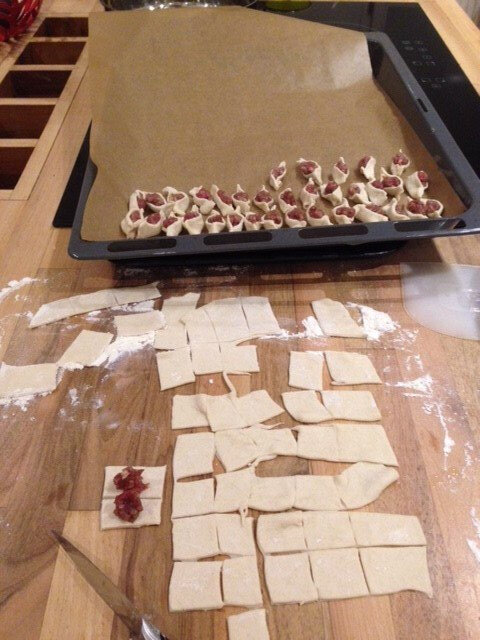The Book of Tasty and Healthy Food (Kniga o vkusnoi i zdorovoi pishche), Collective Work (Institute of Nutrition of the Academy of Medical Scientists of the USSR) (Food Industry Publishing House, 1939)
‘It is half-past ten, the breakfast hour, and we must go down to the dining-room. There isn’t much to say about the gastronomic pleasures of Russia. Rarely fresh, the food is prepared in too rudimentary a fashion for the palate of the French gourmand. The service is slow and clumsy, but, during our entire trip, we shall have plenty to eat. Only one drink is possible – tea. Beer and wine are unthinkable and outrageously expensive.’ These are word of Denise Émile-Schreiber, printed in Vogue magazine in 1932 in an article entitled Let’s Go to Russia.
This testimony rings true given the context. In the 1920s, Bolshevik preoccupations were to rapidly industrialise the vast expanses of underdeveloped territories comprising the USSR and urbanise the illiterate, rural population. The break-neck modernisation worked, with millions getting educated and moving to the factories in towns, as later transpired, to the great harm of the countryside and communities. Early Soviet policy, ethnographer Ruzanna Tsaturyan’s study demonstrates on Armenia’s example, was aimed at emancipating the women, most of whom were stuck in the traditional role of the house-wife, and having them join the vital working classes. These needed to be well and cheaply fed. Consequently, the function of food was to be fuel to a healthy body for a healthy mind (witness white gowns of state-run canteen staff). It was only from the 1950s that aesthetic considerations and the language of pleasure started entering food talk.
In the dying days of the Soviet Union that I remember, food was not easily available, or affordable for average households. Queues for basics such as bread and dairy were the norm, as shortages were common. The joke went: a man asks at the grocery store, ‘Could you please cut me some salami?’. The salesperson’s reply: ‘Of course, I can, if you bring it to me.’
We did not starve, however, and both fridge and belly were full, though groceries ‘ate’ the bulk of the family budget: fresh market produce was supplemented by Konserva (tinned) or Polufabrikat (pre-made) and washed down with Kompot (fruit juice). The collective farms supplied, and women – for it was overwhelmingly women – magicked up various dishes from scarce, standard ingredients. As for public places, state-run canteens fed the masses of workers and restaurants (also state-owned), not accessible to the most citizens, The Soviet Union ‘just didn’t have a developed restaurant culture,’ says food historian Glenn Mack.
It is impossible to talk about Soviet cuisine without talking about the communist social order. One could be justified in dismissing it as an artificial creation of a state bent on homogenisation. Then there is the association with deprivation: surely, where there is the Gulag, there is no place for gourmandise. For people who lived there and remember the country, the emotional attitude towards the totalitarian social order may cloud objectivity. Consequently, a number of ex-Soviet people happily rejected the old, familiar and formulaic dishes and embraced the new, trendy and indulgent ones. (The somewhat ironic result is that craving variety, the world seems to be universally eating pasta and cheesecake.)
So why the increase in the number of books on Soviet food culture (pre-Ukraine War)?
One reason is that now that the USSR is far enough in the past to allow some distance and humour, its social aspects have a retro feel. Perhaps predictably, the empire nostalgia had also sparked a proliferation of Soviet-themed restaurants. From Berlin to Yerevan, Prague and Saint-Petersburg, and even to Hanoi in Vietnam, there is a USSR-themed dining establishment or a back-in-the-USSR experience tour of some sort. Books such as Please to the Table and Mastering the Art of Soviet Cooking by Anya von Bremzen et al, Kachka: A Return to Russian Cooking by Bonnie Frumkin Morales et al, and Mamushka: Recipes from Ukraine & beyond and Kaukasis The Cookbook: The Culinary Journey Through Georgia, Azerbaijan & Beyond by Olia Hercules, exercised a collective need for reflection and amnesty of sorts for a unique epoch.
Showcasing Soviet cuisine is the latest arrival on the cookery bookshelves. CCCP Cook Book: True Stories of Soviet Cuisine by a husband-and-wife team Olga and Pavel Syutkin (2015), is a collection of genesis stories, sixty updated recipes, and retro photographs. The Syutkins are regular faces on Russian television and have authored a number of research articles and books on the history of Russian and Soviet food in Russian. Some recipes are steeped in the Russian tradition, such as Pirozhki (pasties with various fillings), yet others go back to the 1950s, the abolition of rationing and Stalin’s expansionism.
So, what is dining Communist-style?
‘Medicinal’ could be one word, with names such as Doktorskaya kolbasa (Doctor’s sausage); ‘pretentious’ could be another, with Muzhskoy Ideal (Men’s Ideal) for a cake. What was an amalgamation of various national cuisines of the constituent republics (Uzbek plov, Georgian Kharcho, Ukrainian Borscht) was mixed with the imperial Russian (Beef Stroganoff/Stroganov) and peasant food (Solyanka), as well as Austria-Hungarian (Goulash) and French influences (Cutlet).
Yet all of this had an ideological foundation: The Book of Tasty and Healthy Food (1939), the communist manifesto of diet and lifestyle, compiled by none other than Nutrition scientists at the Academy of Medical Sciences of the USSR, and spearheaded by Anastas Mikoyan, the grandee of the Politburo, diplomat, then commissar of food, and the godfather of ice-cream and popcorn in the USSR. By the time I was old enough to remember, every Soviet (Armenian) household had a copy of this hardback, complete with advice on how to set the dinner table.
Later, constituent republics acquired their own, localised versions, and upon Mikoyan’s initiative, Armenian Cuisine also came out in 1960. My mother’s dog-eared copy is in Armenian – one of only 60,000 out of 350,000 (the rest in Russian). Though a family heirloom, I do not suppose that people still living in the former Soviet space would rush to consult or re-vitalise this book. Meanwhile, its many editions are gathering dust in countless apartments even if waiting to shake off dust too – of history, of associations, or baggage.
In our family, we continue to make the salads Olivier (known as ‘Russian’) though we are trying to move away from Soviet quantities of sour cream or mayonnaise used. Vinegret (corrupted from the French dressing) is another usual suspect on the New Year’s Eve feast table.
As well as traditional Dolma (stuffed vine leaves, cabbage leaves and vegetables), we roll Blinchiki (pancakes stuffed with mincemeat, mushroom or cottage cheese) for special occasions.
For comforting breakfasts, Oladi (puffy pancakes) are as natural as Pamidorov dz’vadzegh (tomato omelette), and for warm nights in, Georgian Chakhokhbili (chicken stew) and Ukrainian Vareniki (dumplings) are equally welcome.
As for dessert, years ago I was served ‘Armenian honey cake’ in a restaurant in England’s Windsor – made by an Armenian ex-pat’s firm in Czech Republic. And even though Medovik (honey cake) has many iterations across many ex-Soviet nations and features the quintessentially Soviet ingredient of condensed milk, according to Wikipedia, it goes back to the Russian empire of the 19th century. My version of choice belongs to my best friend’s aunt who has lived in Armenia’s northern Tavush province all her life.
So, though I will not be preparing the marinated Selyodka pod shuboy (Herring in a fur coat) that appears in CCCP Cook Book, I might crave Borscht and Ptichye moloko (Bird’s milk) cake every now and then.
Written by Naneh Hovhannisyan for “Breaking Bread With Neighbours”, a short series on culinary culture across the region.
Naneh grew up as a closet gourmand in the latter days of Soviet Armenia. She prides herself on taste - also called ‘gustatory’ – memory, and on her ability to survive on rounds of strong coffee alone. Cooking is for her an act of resistance, creativity and indulgence. She lives in England with her family, and in the time left from selling books for a living, tries to read them for pleasure.





